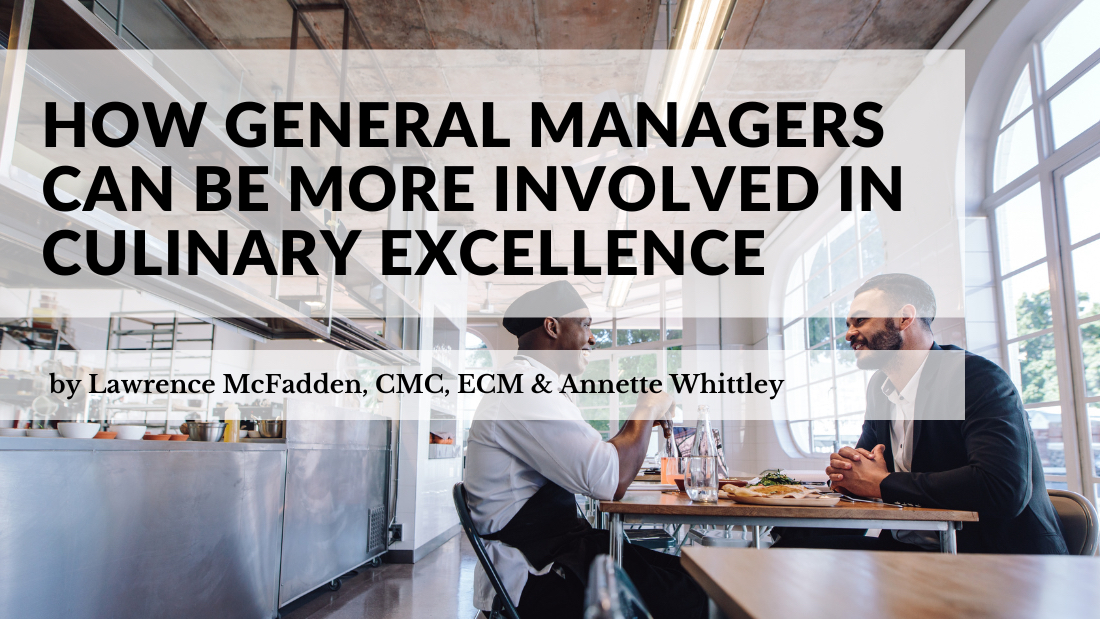New Lessons in Leadership

Leadership is both technical (the management side) and visionary (the strategic side). No one follows a leader for long who is not caring and visionary. In the end, excellence in leadership is a moral endeavor. The only way morality makes sense is when it’s based on love of people and love of the organization. That combination of love creates a self-sustaining culture that is attractive and compelling for prospective members, current members and staff. Love requires action.
Words have meaning and when carefully chosen as values or standards, they should prompt action. Values should be able to withstand the rigor of honest measurement for alignment with behavior. Values are where the technical and the moral converge.
Here is a short list of values or traits that are proven to serve a leader and their organizations well. Each is worth careful study. A good exercise for understanding their true meaning is to think of the antonym of each and then consciously make a choice.
INTEGRITY It is derived from the root word “integer,” meaning one and undivided.
COURAGE – Willing to be vulnerable and take a risk.
DISCIPLINE To do the deep work that makes a difference.
LOYALTY To our clubs and the people we serve.
DILIGENCE To stay the course, even when it is uncomfortable and draining.
HUMILITY Perhaps the most attractive trait of all. OPTIMISM That the other listed traits will prove their worth. CONVICTION We are blessed with brains that when deeply engaged in creative thought produce right action.
Club Trends – Winter 2024
J.G. Ted Gillary, CCM, CCE, ECM, CMAA Fellow, Coach, Search & Consulting Executive, KOPPLIN KUEBLER & WALLACE. He can be reached via email: ted@kkandw.com.








